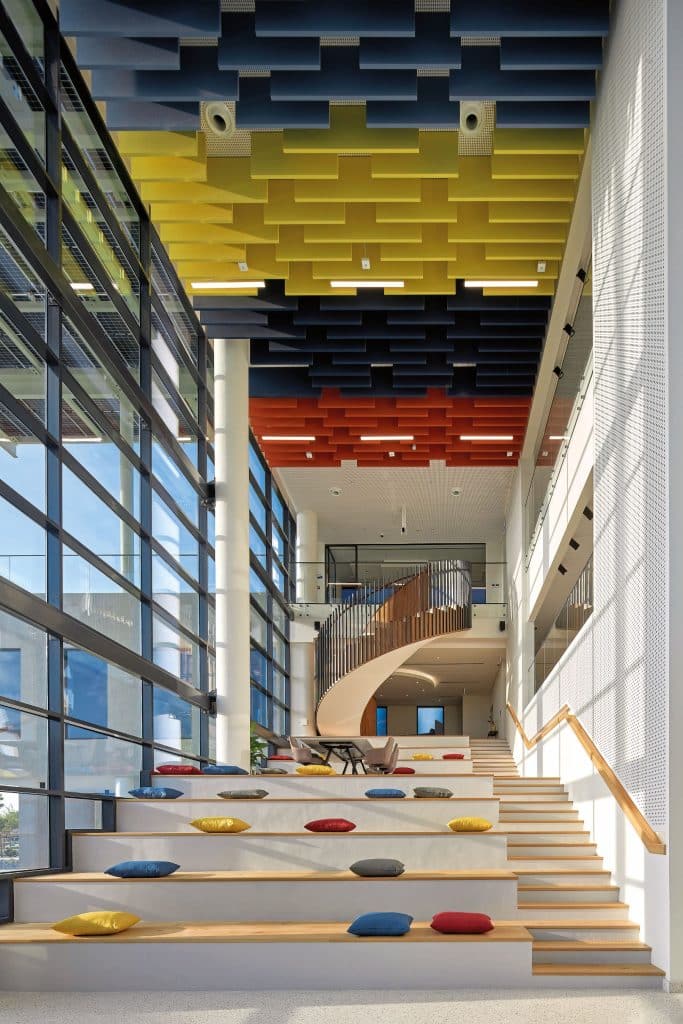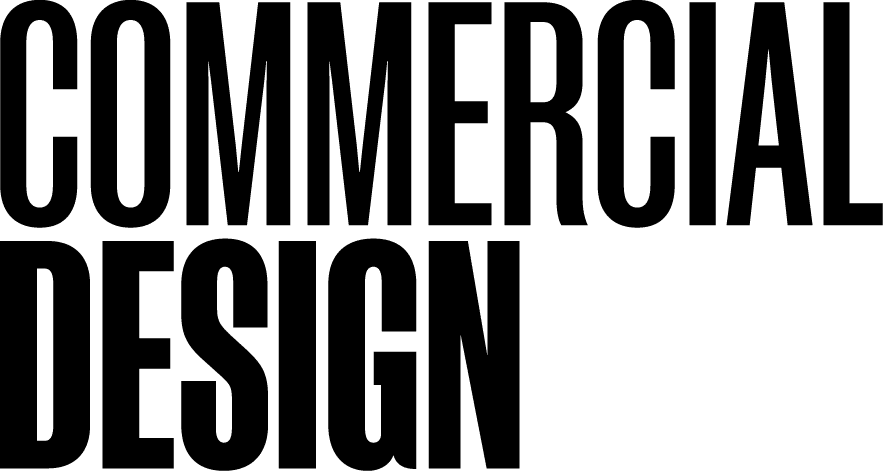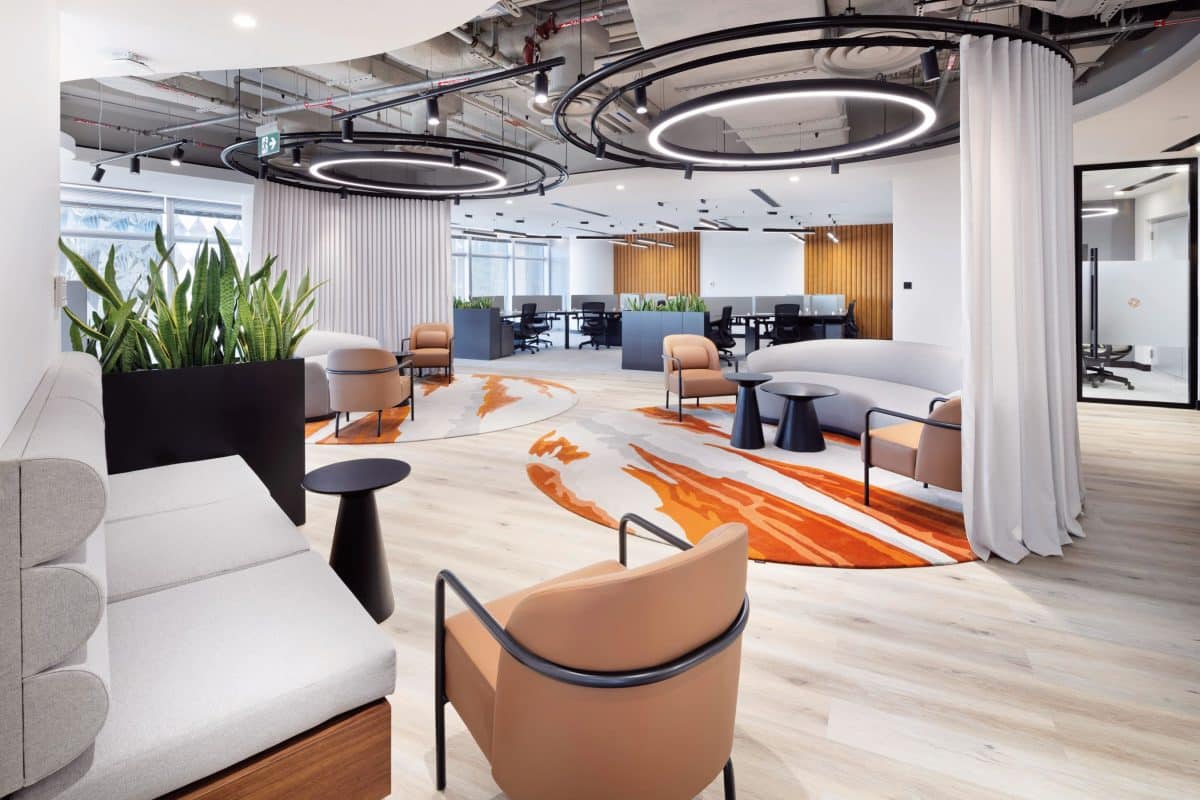The fit-out industry is quite literally on the cusp of a transformation, driven by ground-breaking innovations that are revolutionising how spaces are designed, constructed and experienced. An array of key innovations are dramatically altering the landscape, pushing the boundaries of design, sustainability and efficiency.
These transformative technologies and materials are enhancing current practices, setting new standards, and reimagining what is possible in modern space creation. From advanced materials that promise sustainability and durability to cutting-edge technologies enhancing efficiency and aesthetics, here are the top five innovations that are reshaping the industry from the ground up.
1. Integration of smart technologies
More than ever before, smart technologies are reshaping the fit-out industry, making spaces more efficient and user-friendly. Bachar Gebran, managing director of WalkThru Contracting observes the increasing integration of smart technologies that have been defining spaces. “Smart technologies have been around for a few years now, but what is becoming more prevalent is its seamless integration into a project that makes it almost invisible to the end user,” notes Gebran. “Automation has advanced to a whole new level with everything from lightning to HVAC, water and security systems controlled with a touch of a button or better still, voice-activated.”
Architects and interior designers today envision responsive buildings with a high wellness quotient and rely on fit-out companies to bring them to life. “Almost every newly constructed luxury office is integrated with an automation system that offers varying levels of customisation from basic control of lights and air conditioning to more complex building management systems with sensors capable of alerting repair through the detection of potential leaks and blocks,” says Gebran.
Adaptive lighting systems that allow users to set the colour temperature and brightness of lights throughout the day to support circadian rhythms are also starting to show up in residential design. “Across the board, offices are turning to automation to manage electricity and water consumption to keep soaring bills under check,” Gebran adds.
2. Local manufacturing and laser scanning
Local manufacturing and laser scanning are becoming standard practices in the fit-out industry, particularly in Saudi Arabia. Pallavi Dean, founder and creative director at design firm Roar, highlights the importance of local procurement due to government mandates and social sustainability. “There’s a strong push on social sustainability, where we are manufacturing and procuring things locally and helping the local economy,” she says.
Laser scanning and Matterport scans are now standard in the industry, replacing traditional measuring methods. “We are creating a digital model of the entire space, and this is making our drawings and the construction package much more accurate,” Dean adds. These technologies benefit clients by providing faster, more seamless construction processes and reducing both cost and time impacts on projects. The future of the fit-out industry, according to her, lies in the further integration of these technologies. “A fully integrated BIM model would allow for real-time changes and more accurate construction drawings, improving project outcomes,” she suggests
While the industry frequently relies on Western countries and Southeast Asia for imported goods due to a lack of local resources, leading to significant dependence and carbon footprints local manufacturing is emerging as an exciting new trend in the region. “This shift in perception has quickly changed approaches across the industry,” states Preveena Bhagianath, head of design, INC UAE. “From designers to material suppliers, everyone in the fit-out supply chain is now focusing on sustainable and cost-effective design solutions.”
3. Sustainable practices
Sustainability is sweeping across the board, driving a powerful shift towards eco-friendly practices and materials that promise a greener future. Industry experts observe the increasing use of unconventional materials, including recycled and upcycled products. “Sustainability has also become high on the agenda for government entities, corporates, and to some extent end consumers too,” notes Gebran who sees wider adoption of eco-friendly materials and a conscious move towards minimising waste and upcycling discarded materials to create new products,” he explains.
Manufacturers are increasingly introducing innovative materials like transparent aluminium and flexible gypsum, which open up new design possibilities. “Faux versions of natural materials, such as wood, stone, and cane, are gaining popularity due to their durability, low maintenance, and realistic appearance. These materials are used extensively in both indoor and outdoor applications,” he reveals. “From marble-inspired ultracompact surfaces for flooring and kitchen countertops to faux timber facades that can survive the sweltering heat, the market is flooded with options, several cost-effective and sustainable too.”

4. Smart offices
A rise in demand for smart offices is also gaining momentum in the industry. “We are beginning to see a rise in demand for smart offices, as companies seek technologies that improve the employee experience, boost productivity, reduce costs, and increase energy efficiency,” says Darren Taylor, head of accounts and strategy, INC Group.
Key technologies powering smart offices include automation, the Internet of Things (IoT), and integrated workplace management systems. Smart lighting, smart thermostats, smart conference rooms and smart desks are becoming the norm in commercial spaces. “These factors contribute to our clients benefiting from cost savings over their lease length, lower carbon emissions, improved employee productivity and well-being as well as greater cybersecurity,” Taylor adds.
The driving forces behind this innovation are the trends towards hybrid and remote working and the availability of advanced technologies, according to Taylor. “Businesses benefit from cost savings, improved employee satisfaction, and enhanced operational efficiency,” he shares. “Complexities such as data security and interoperability need to be addressed to maximise the potential of smart office technologies.”
5. The tech shake-up
VR and AR technologies are catapulting the fit-out industry into a new era, revolutionising the design and planning stages. By enabling clients and designers to visualise and interact with spaces in 3D before construction even begins, these ground-breaking tools ensure strong precision and transform client satisfaction. ”3D concrete/ composite mixture printing is no longer a novelty; it is being used innovatively and, in a scale ranging from furniture to full-fledged villas,” says Gebran.
The adoption of VR and AR is driven by the desire for more efficient and engaging design processes. Clients benefit from a clearer understanding of the final product, while designers and contractors can identify and address potential issues early in the project. This results in smoother project execution and higher client satisfaction. “This improves the client’s experience of the process and helps them visualise and inhabit the spaces before it is built,” he notes.
As VR and AR technologies evolve, their impact on the fit-out industry is poised to deepen. Future developments are expected to deliver even more immersive and interactive experiences, seamlessly integrating with other smart technologies to forge fully connected environments.
Peering ahead
Looking ahead, the fit-out industry is on the brink of even more transformative advancements. Experts predict that the integration of smart technologies, sustainability practices, and modular construction methods will continue to evolve. Additionally, there is an increasing interest in robotics and AI-powered tools, poised to create safer, smarter, and more sustainable spaces. “The interior fit-out industry is evolving at a rapid pace across the region,” states Gebran. “This is driven by a bullish property development market, where clients and developers are looking to build projects that push the boundaries of design whilst offering all the comforts of modern living.”
Dean emphasises the potential of health and wellness-focused design, incorporating features that support physical and mental health. “We kind of push forward, and we do this in subtle ways, not by putting a gym within the office space or the workspace, but it’s more about adding walking paths, adding stretch areas.”
Another innovation that design firms are seeing early adoption of is personalised environments. “Advanced systems that remember individual preferences for lighting, temperature, and workspace configuration, providing a more personalised workplace,” adds Taylor.
Meanwhile, Gebran observes that as projects grow more ambitious and timelines tighten, designers, manufacturers, and fit-out companies are responding with innovative design and build strategies, increasingly relying on technology as a critical enabler. “Innovation is driving further innovation. What we can do today is only limited by the imagination.”

